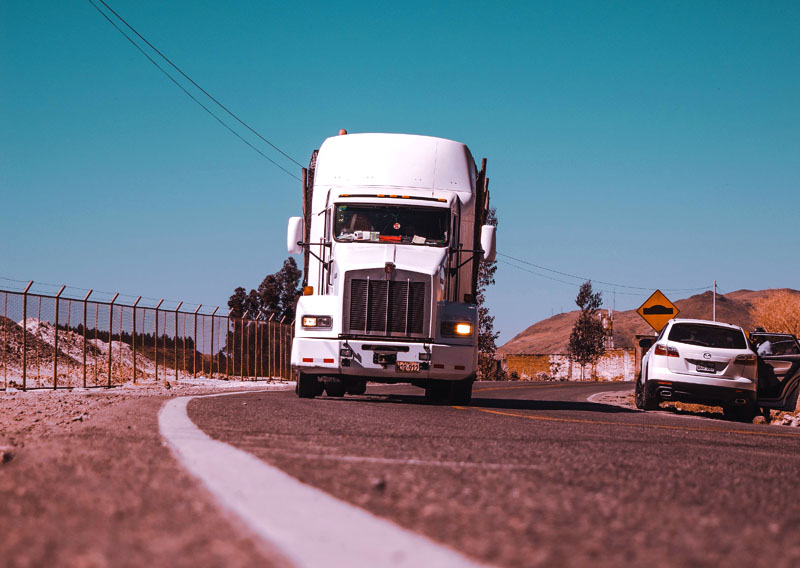GISWASTE decision support tool for the valorisation of food by-products
Tool that combines the Analytic Hierarchy Process (Multicriteria Decision) methodology with ArcGIS (Geographic Information System) for the analysis of the technical, geographic, economic and environmental feasibility of different valorization scenarios.

The tool implements the AHP and GIS method to assess the main parameters involved the feasibility of implementing a plan for the recovery of food by-products Create scenarios with the food waste generators that reach the minimum values established for the technical criteria (net scenarios).
Geographically optimizes the location of the treatment plant and the collection routes of the by-products.
It evaluates the main technical and legal requirements to be met by the recovery option under study.
It analyses the economic viability of the new activity: economic balance and investment indicators.
It analyses the main environmental aspects and impacts by applying the methodology of Life Cycle Analysis (LCA).
Tool Systematics
Microsoft Sharepoint® allows you to enter and maintain all information online (https://giswaste.sharepoint.com). It is a cloud-based service for creating websites and storing, organizing and sharing information, and is accessible from any online device service. It allows the user to enter food waste generation data from any device with Internet access.
Microsoft Access® houses all the criteria, weights, limiting and conditional ranges, matrices and decision rules related to the Analytic Hierarchy Process (AHP) method. Any value changed in Microsoft Access or SharePoint is automatically and bi-directionally modified. Visual Basic for Applications (VBA), which is an implementation of the Microsoft® programming language, was used to program all the algorithms and decision rule equations needed to perform the technical, economic, and environmental assessment.
Network Analyst from ArcGIS Online by ESRI service evaluates and optimizes the geographic component of a valuation plan:
- On the one hand, the “location-assignment” model identifies the appropriate locations for the recovery facility, based mainly on food waste generation criteria. The distribution network of the products obtained is also considered by giving the option to manually include the location of potential customers.
- On the other hand, the “vehicle routing” model allows, firstly, to determine the optimal location of the valorization plant based on the minimum distance traveled to centralize food waste in the valorization plant and, secondly, to calculate the most appropriate routes to centralize food waste in the selected valorization plant. This routing solver is based on Dijkstra’s algorithm to find shorter routes.
Market introduction period
The estimated time to evaluate a valuation scenario with the GISWASTE tool depends on the availability of the data by the user.
Notwithstanding the above, an average time of approximately 6 months is estimated.
Benefits for your company/product
The potential benefits for the company of using the GISWASTE tool compared to the current models for evaluating the viability of a valorization plan are:
- Significantly reduces the time required to evaluate the different scenarios for each case study
- It facilitates the performance of sensitivity studies when the values of the geographical, technical, economic and environmental criteria are modified.
- Reduces the risk associated with the implementation of food waste recovery strategies.
- Helps public or private waste management bodies to define waste recovery strategies based on bioeconomics.
Sectors for your company/product
The GISWASTE tool has a wide range of potential users:
- Public administrations: Regional and/or sectorial plans for the management and/or recovery of food waste and by-products.
- Waste managers and/or recovery agents: Plans for the management and/or recovery of food waste and by-products. Expansion of commercial activity in neighbouring areas: intermediate stores.
- Agro-food companies: Internal plans for the management and/or recovery of food waste and by-products.
- Engineering and consultancy: Advice on management plans and/or recovery of food waste and by-products.
Experience is a grade
With more than 20 years of experience in the valorisation of food by-products, at AZTI:
- We know the requirements of the most valuable options for food by-products due to a direct and permanent contact with the agro-food sector, as well as other sectors of interest: animal feed, fertilizers, cosmetics, pharmaceuticals, etc.
- We analyse from a holistic point of view the feasibility of a valorisation plan to minimise the investment risk as much as possible. We take into account all the factors that can condition the success or failure of a real valorization plan.
- We participate as invited experts in different forums related to the valorisation of by-products. CONAMA Working Groups on Circular Economy in the Agro-Food Industry; International Life Food Waste Platform.
- Extensive experience in carrying out and implementing international, national and regional projects related to the valorisation of by-products.
- Collaboration with centres of excellence in the validation of by-products to obtain and validate products of interest.

